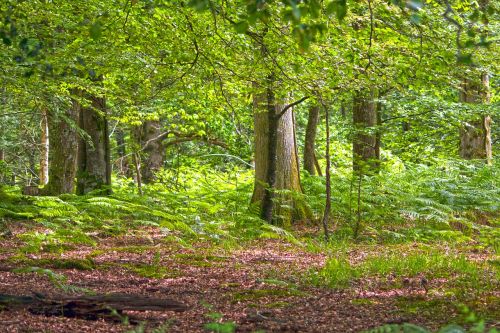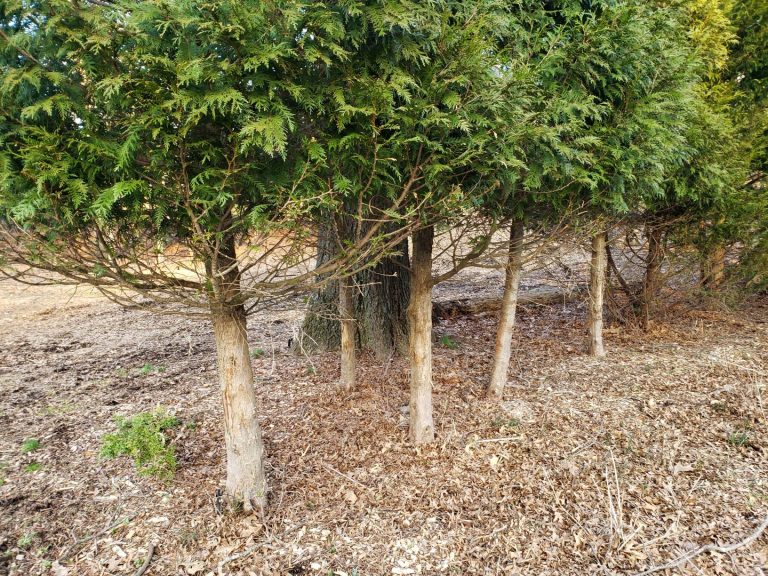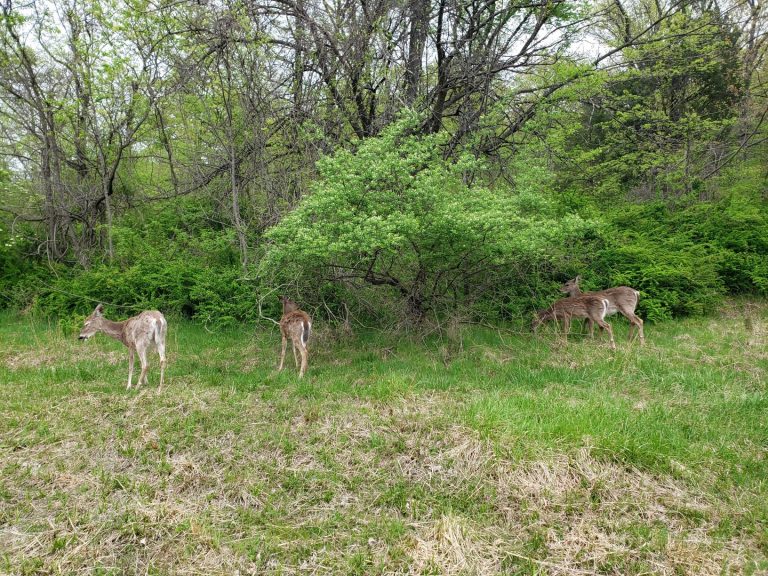This is the fourth in a series of four articles on New Jersey’s overabundant deer population, focusing on the damage to our ecosystems. Links to the first three articles appear at the end of this article.
Remember being in high school and having to debate or write a position paper? To learn how to support an opinion, you were required to take one of two sides, encouraging a binary worldview of “for” or “against.” The problem is that things don’t often work in this simplistic fashion. Ecosystems are one of those things. Healthy ecosystems work to maintain a balance that tries to provide food and habitat for many diverse life forms. However, by taking the side of one species, such as deer, and permitting it to reproduce without checks and balances, we destroy other species and indeed the habitat needed by all species, including deer.

There is no getting away from it: deer are cute and graceful animals. Everyone loves Bambi. However, efforts by well-meaning New Jerseyans to protect deer from population controls are shortsighted, not only sentencing numerous species to extirpation from the state’s wildlife roster, but also contributing to the eventual demise of deer as well.
In the Garden State, the natural predators of deer – cougars and wolves – were driven out decades ago, putting deer at the top of the food chain with no check on their explosive growth. To maintain a healthy ecosystem with complex, connected food webs, deer should average 5 to 15 in number per square mile. In New Jersey, the average is a whopping 112 per square mile!

The average male deer weighs 150 pounds and can eat up to ten pounds of food per day. Have you weighed lettuce lately? Think about how much plant material is needed to provide sustenance to one deer. Then multiply it by 112. That is how much decimation there could be in one square mile! Having eaten through nearby forests, the deer are inundating suburban and farm areas because that is where the more desirable food is – as anyone who is trying to maintain landscaping or a garden knows.
Deer are a major factor in the destruction of our forests and ecosystems by inhibiting the growth of native trees, shrubs and plants. This devastation is significant because it compromises complex food webs. The plants plundered by deer are needed by insects to complete their life cycles. Most insects are species specific, meaning they only eat a certain family of plants. For example, caterpillars of monarch butterflies can only eat milkweed.” As those host plants disappear, so do the insects they support. The loss of insects results in the loss of all those participants in the food chain that eat insects, such as birds, fish, frogs, lizards and bats. Science Magazine reports a loss of three billion birds in North America since 1970. That amounts to 29% of the bird population on the continent. It is no coincidence that deer populations began their explosive growth in the 1970s.
According to Brooke Maslo and Samantha Wehman, writing for the Rutgers New Jersey Agricultural Experiment Station, “By feeding on or damaging tree seedlings and saplings, an overabundant deer population prevents forests from naturally regenerating. The shrub and herbaceous layers also disappear, leaving a barren woodlot of older trees rather than a healthy, functioning forest. With significantly less vegetation than a healthy forest, other ecosystem processes are impacted. The lack of leaves falling to the ground each autumn results in poor quality soils, increased erosion, and a lack of nutrients required for plant growth and reproduction. These changes, combined with the openness of the forest floor, make room for nonnative plant species to colonize, further compromising the health of native habitats.” The point is that nonnative species add nothing to the ecosystem – native life forms, including deer, do not eat them and cannot use them in their life cycles. In ravaged environments, the only thing you see growing close to the ground is nonnative species.

Overabundant deer populations eat and destroy the lower five feet of native plants in a forest or landscape. Here, deer have consumed the lower parts of the shrub in the center of the photo. The remaining shrubs on either side are Japanese barberry, a nonnative invasive plant that deer don’t eat and that most other native species cannot use. Thus, it provides no benefits to our native wildlife.
Maslo and Wehman continued, “Habitat changes caused by overbrowsing are also detrimental to native birds, small mammals and invertebrates. Many birds nest in native vegetation on or close to the forest floor, while others rely on the constant supply of insects within the leaf litter and in vegetation to feed themselves and their young. The absence of nuts and berries in overbrowsed forests also leads to a decrease in food supply for small mammals and migratory birds, making it difficult for them to survive at critical times during the year.”
Deer are not served by permitting them to exist in unrestrained numbers. They themselves are hurt by a decreasing food supply as the herds eliminate their own food sources. Unfortunately, before they reach their own crisis point, they will have already caused the destruction of many species of plants, insects and birds.
Our state’s deer dilemma can’t be reduced to being either “for” or “against” deer. The solution to New Jersey’s overabundant deer population – a statewide emergency – lies not in inaction. It requires educating the public about the dangers deer cause to our forests, ecosystems, economy and health. Urgent action needs to be taken to maintain deer populations at the 5 to 15 animals per square mile level considered sustainable so our habitats can provide for a diverse palette of native plants and wildlife that are currently in peril.
We live in the Garden State, a moniker that will become a misnomer if our inaction continues to allow deer populations to grow unchecked. There needs to be room not only for cute and graceful animals like deer, but also for native plants and the insects, birds and other wildlife that rely on them. Deer numbers that average 112 per square mile produce only one outcome – the destruction of the vegetation they eat, all the wildlife supported by those plants, and eventually the deer themselves when they have consumed every morsel in our forests and landscapes.
This is the fourth in a series of four articles on New Jersey’s overabundant deer population.
Part 1 focused on the deer density and its impact on Laurelwood Arboretum. Click here.
Part 2 focused on the economic impact of deer across the state. Click here.
Part 3 focused on the health of deer and humans. Click here.
